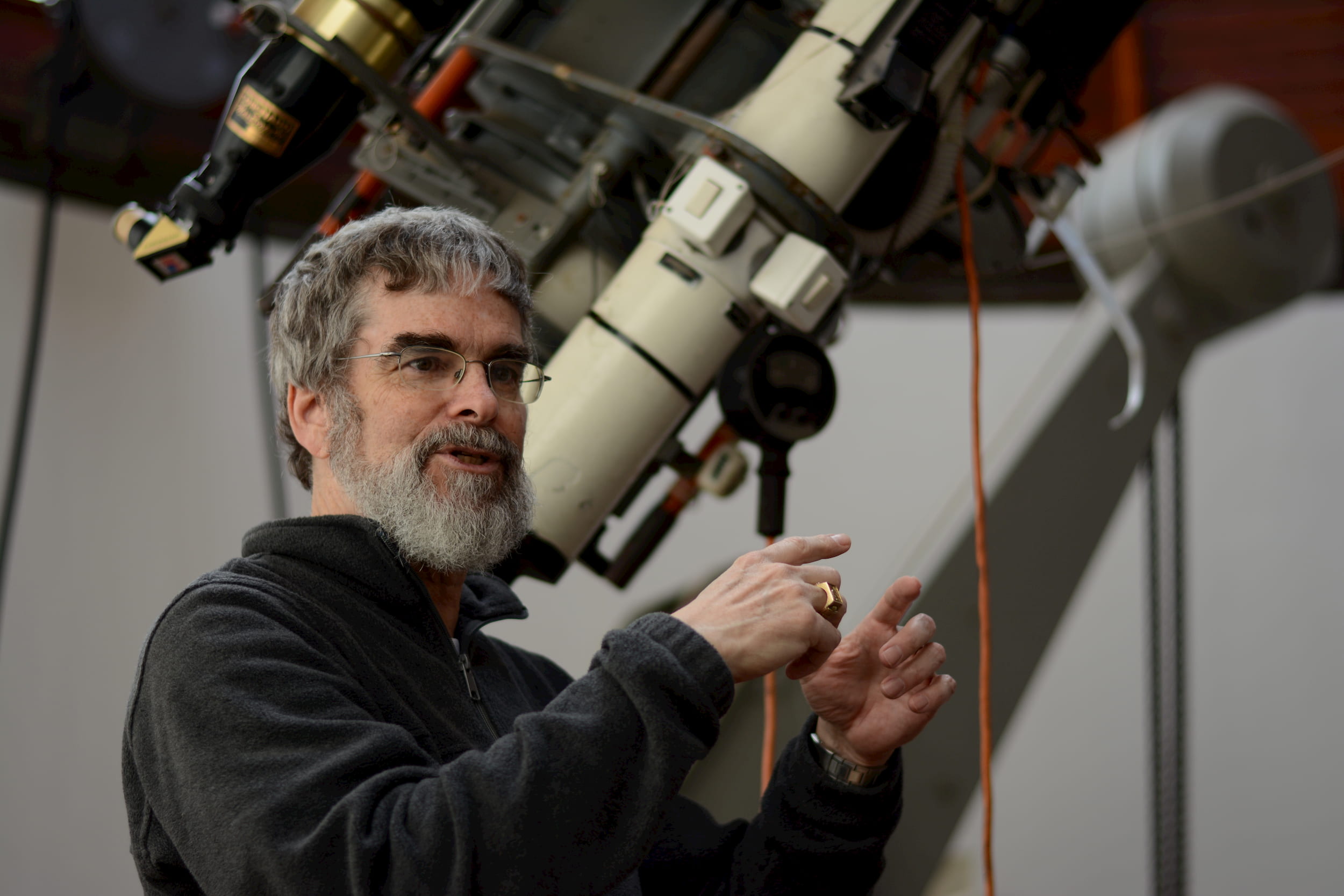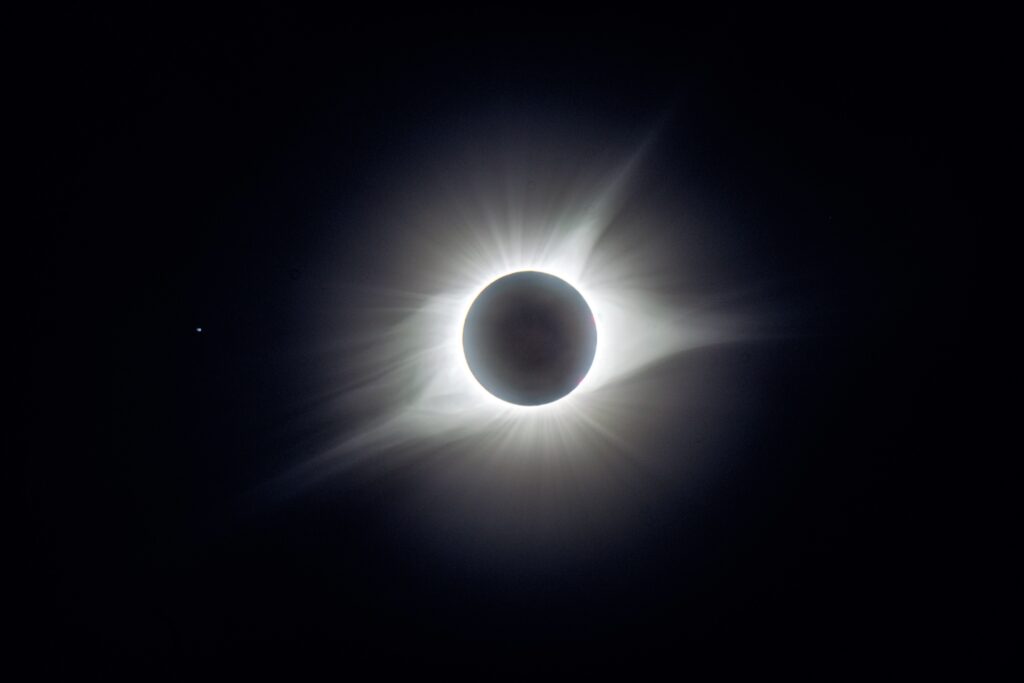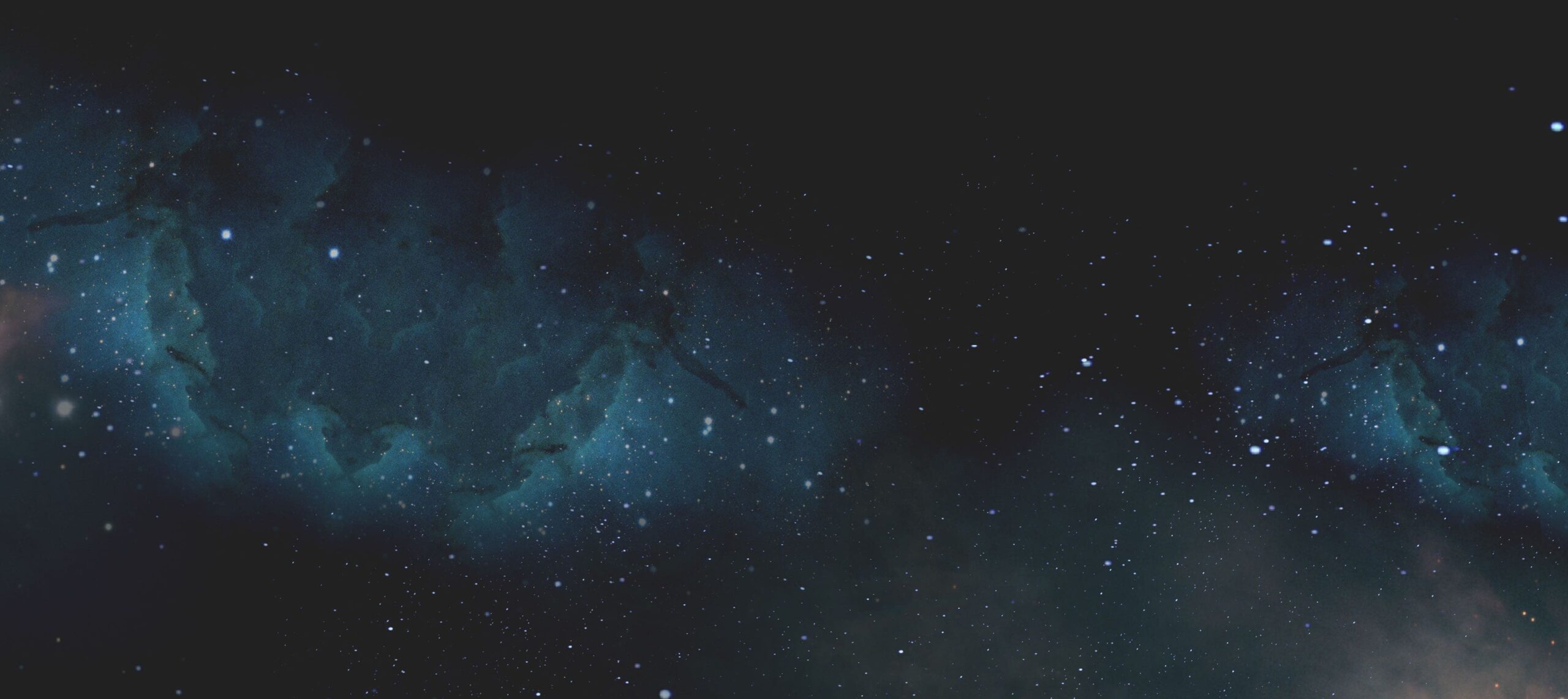
The Vatican Observatory participated a webinar to celebrate the Great American Eclipse on April 8th – “Eclipse Day!”

Click here to view the recording.
Hosted by:

Fr. James Martin, SJ
Editor at Large for America Magazine.
(a Jesuit magazine)
Fr. Martin is Jesuit priest and a New York Times bestselling author, whose books include The Jesuit Guide to (Almost) Everything: A Spirituality for Real Life, Jesus: A Pilgrimage, and My Life With the Saints. His most recent book is Come Forth, on the Raising of Lazarus. He is also a consultor to the Vatican’s Dicastery for Communication.
Featuring:

Br. Guy Consolmagno, SJ
Director, Vatican Observatory
President, Vatican Observatory Foundation
Br. Guy was awarded the Carl Sagan Medal for outstanding communication by an active planetary scientist to the general public by the Division for Planetary Sciences of the American Astronomical Society.
Br. Guy is the co-author of the popular astronomy book: Turn Left at Orion: A Hundred Night Sky Objects to See in a Small Telescope – and How to Find Them.

Christopher M. Graney
Historian of 17th century science
Adjunct Scholar, Vatican Observatory
Public Relations Officer, Vatican Observatory Foundation
Mr. Graney is retired instructor at Jefferson Community & Technical College. He curates the Faith and Science Resource Center on the Vatican Observatory Website.
Mr. Graney was a guest on the Vatican Observatory’s Podcast: Galileo: The Real Story – Part 1, Part 2.
Eclipse Eye Safety
Except during the brief total phase of a total solar eclipse, when the Moon completely blocks the Sun’s bright face, it is not safe to look directly at the Sun without specialized eye protection for solar viewing.
Viewing any part of the bright Sun through a camera lens, binoculars, or a telescope without a special-purpose solar filter secured over the front of the optics will instantly cause severe eye injury.
Image: 2017 Total Solar Eclipse. Claudio Costa, Vatican Observatory

NASA Resources
- 2024 Total Eclipse: Where & When – Eclipse map and times for major cities. Interactive eclipse explorer map.
- About Eclipses – What is an Eclipse? Eclipse stories and gallery. Interactive eclipse geometry explorer.
